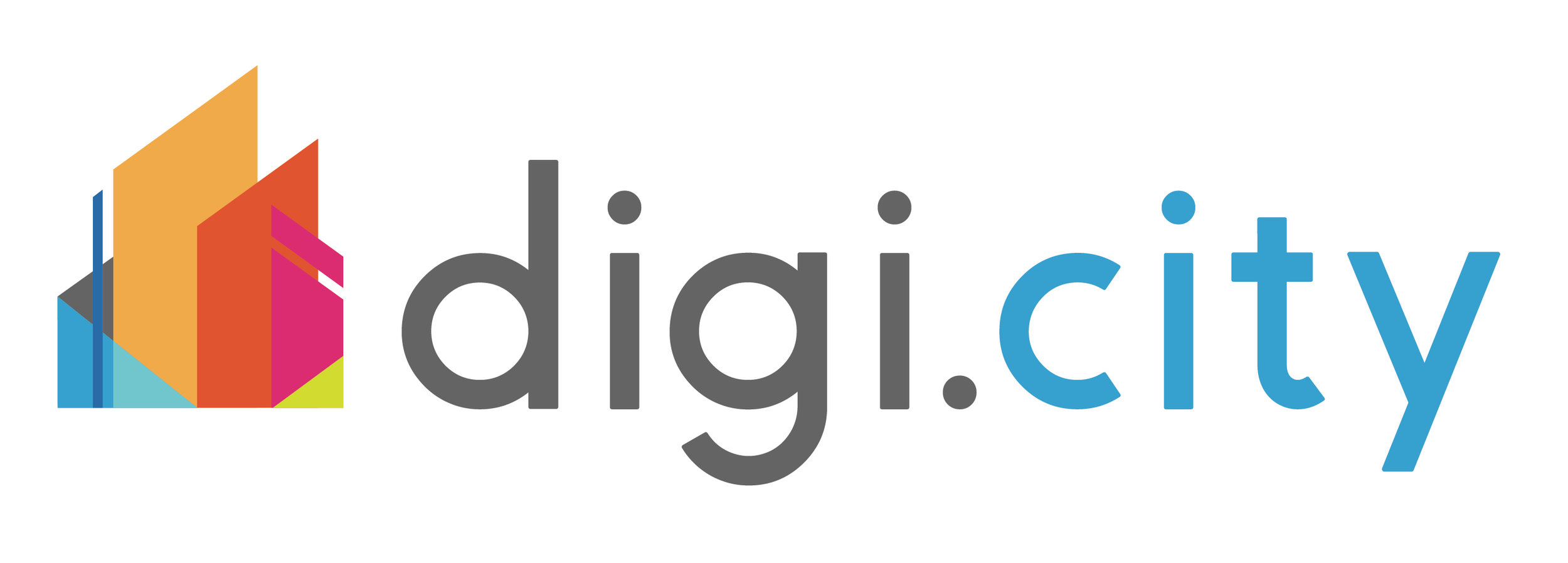A peer-to-peer parking marketplace that connects Arizona State Universitystudents with nearby affordable parking options has won Phoenix’s third Smart City Hack competition.
Read MoreThe cellular IoT market is set to hit one billion installed devices this year, new research has claimed.
Read MoreI once wrote in a Navigant white paper that utilities need to stop building application-specific, siloed networks and think more holistically about their future communications needs. With the proliferation of distributed generation (DG), electric vehicles (EVs) and increasingly competitive operational environments, a utility’s ability to react quickly to shifting market dynamics will become critical to its long-term success.
Read MoreA new year tends to be a time for renewal in many aspects, with a particular focus on improvement. Whether resolutions involve kicking old habits or beginning a new activity, the changes usually all come back to advancement.
Read MoreWe’re at the early stages of far-reaching and consequential network evolution.
Read MoreNatural disasters have been unnaturally on the rise. In the wake of such reports, it seems undeniable that corporations are responsible for a great deal of the environmental factors leading to extreme weather events. Think, for example, of how many greenhouse gas emissions are produced during the manufacturing process alone.
Read MoreWhen Hilton CEO Christopher Nassetta took to the stage at the Skift Global Forum in September, one of the most headline-grabbing statements he made had to do with what he described as Hilton’s “Connected Room.”
Read MoreSince 2010, the Philippines national government has tried to address the country’s chronic infrastructure challenges, while maintaining strict fiscal discipline. The focus has been on initiating a series of reforms that some think has revived the country's P3 program. These reforms have resulted in the awarding of nine projects (with a total investment of US$3 billion). This P3 program's roll-out aims to support the government's intention to raise private investment in infrastructure from 0.4 percent of GDP in 2013 to 1.1 percent of GDP. Spending in infrastructure is expected to grow at around 10% a year during the next decade, reaching a total of US$27 billion per year by 2025.
Read MoreEquipping bustling metropolises with cutting-edge tech like the Internet of Things (IoT) can be a big money-saving move, according to a new ABI Research study commissioned by InterDigital's smart cities business, Chordant, in partnership with CA Technologies.
Read MoreEquipping bustling metropolises with cutting-edge tech like the Internet of Things (IoT) can be a big money-saving move, according to a new ABI Research study commissioned by InterDigital's smart cities business, Chordant, in partnership with CA Technologies.
Read MoreWhat are the different models used by successful P3s? On a global basis, the reality on the ground is that different models are in use in different sectors (transport, energy, etc.). This article looks at one type of PPP, the digital infrastructure focused investments that aim to upgrade broadband connections in both cities and regions.
Read MoreAfter the enactment of US tax cuts supposedly comes infrastructure spending.
Read MoreSmart cities are called such because they have adapted smart technologies that help urban life become more livable, efficient, and sustainable.
Read MoreA new world is rapidly approaching, and producing a modernized grid capable of making the smart cities of the future a reality is the first step towards achieving success in it.
Read MoreJim Nyquist likes to use the phrase “inflection point” when he talks about the Industrial Internet of Things (IIoT). An inflection point is when the direction of a curve changes in response to an event, resulting in significant change. The industrial manufacturing sector is at an inflection point right now, and in his role as President of Systems and Solutions at Emerson Process Management, Nyquist is at the center of the inflection point.
Read More
